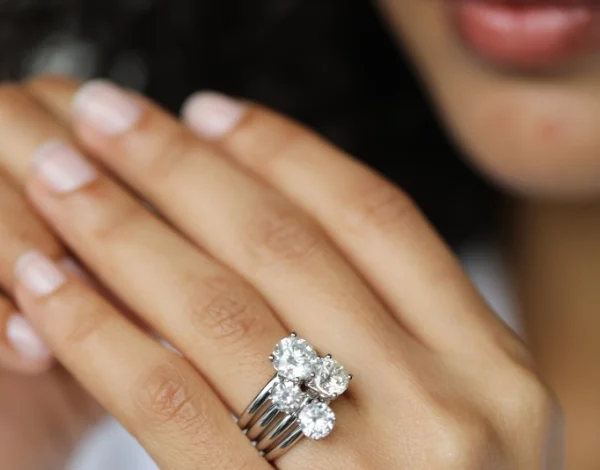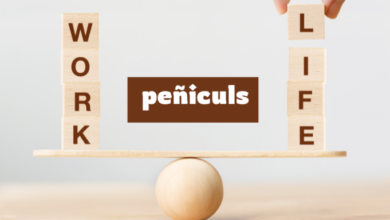Eco-Friendly Engagement Rings: Sustainable Options for Conscious Couples

In the realm of love and commitment, the symbol of an engagement ring carries profound significance. As couples embark on the journey of forever, the ring they choose serves as a tangible representation of their devotion. With growing environmental awareness and a heightened sense of responsibility towards the planet, many couples are now seeking eco-friendly options for their engagement rings. In today’s world, where sustainability is not just a trend but a necessity, eco-conscious choices are becoming increasingly prevalent, even in the realm of fine jewelry.
Engagement rings hold a special place in the hearts of couples, signifying the beginning of a lifelong journey together. However, traditional mining practices associated with diamond and metal extraction have often raised ethical and environmental concerns. From the destruction of natural habitats to the exploitation of laborers, the conventional production of engagement rings can have far-reaching negative impacts. In response to these issues, a growing number of jewelry designers and manufacturers are embracing eco-friendly practices to offer sustainable alternatives to conscientious couples.
One of the most significant aspects of eco-friendly engagement rings is the use of ethically sourced materials. Conflict-free diamonds, also known as ethical or lab-grown diamonds, have gained popularity as an ethical alternative to traditionally mined diamonds. These diamonds are created in controlled laboratory environments, eliminating the need for environmentally destructive mining practices and ensuring that they are sourced without any human rights violations. By opting for conflict-free diamonds, couples can celebrate their love with a clear conscience, knowing that their symbol of commitment is free from the taint of conflict and exploitation.
In addition to ethical diamonds, sustainable metals play a crucial role in eco-friendly engagement rings. Recycled precious metals, such as gold and platinum, offer a sustainable alternative to newly mined metals. Recycling existing metals not only reduces the demand for destructive mining practices but also minimizes the environmental footprint associated with metal extraction and processing. Many jewelry designers specialize in creating exquisite engagement rings using recycled metals, combining beauty and sustainability in perfect harmony.
Furthermore, the concept of sustainability extends beyond the materials used in the ring itself to encompass the entire production process. Eco-conscious jewelry designers prioritize environmentally friendly practices throughout every stage of production, from sourcing raw materials to crafting the final piece. By minimizing waste, reducing energy consumption, and employing eco-friendly techniques, these designers strive to create engagement rings that are not only stunning but also environmentally responsible.
Another innovative approach to eco-friendly engagement rings is the use of alternative gemstones. While diamonds have long been the traditional choice for engagement rings, couples are now exploring a diverse range of gemstones that are both beautiful and sustainable. From sapphires and emeralds to moissanite and morganite, there are countless options available for couples seeking a unique and environmentally friendly alternative to diamonds. By embracing these alternative gemstones, couples can make a bold statement while supporting sustainable practices in the jewelry industry.
In conclusion, eco-friendly engagement rings offer conscious couples the opportunity to celebrate their love in a way that aligns with their values and beliefs. By choosing ethically sourced materials, sustainable metals, and environmentally friendly production practices, couples can create a symbol of commitment that not only shines brightly but also leaves a positive impact on the planet. As the demand for eco-friendly options continues to rise, the future of engagement rings looks brighter than ever, reflecting not only the beauty of love but also the beauty of sustainability.



